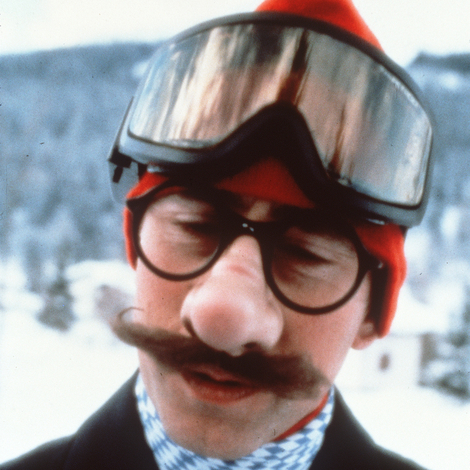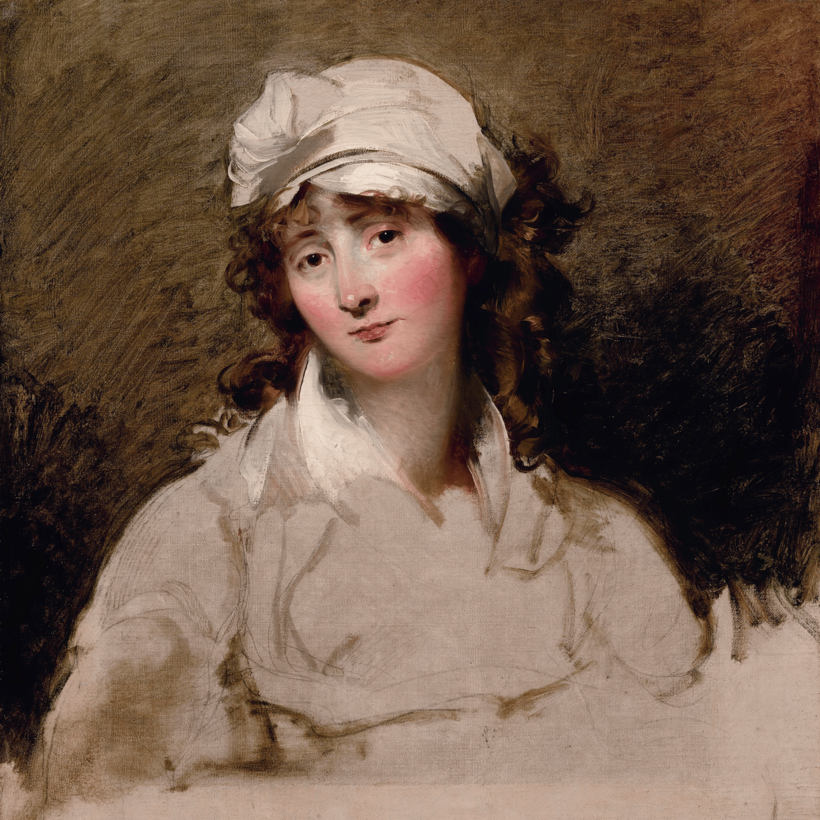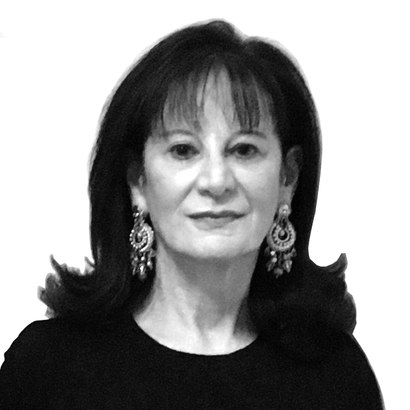Anyone who thinks there’s no possible connection between Jane Austen and Las Vegas doesn’t know that Rebecca Romney, author of Jane Austen’s Bookshelf: A Rare Book Collector’s Quest to Find the Women Writers Who Shaped a Legend, has, to her credit—if you want to call it that—a significant stretch of airtime as the rare-books specialist on the History Channel’s Pawn Stars.
Judged by some (not me, I’ve seen only clips) as the network’s “second-best reality show behind Jersey Shore,” the let’s-make-an-unfair-deal program and its beached-whale-girthed, marginally legit host family were lucky to have Romney as their resident bibliopole.
Pretty, perky, and knowledgeable, she got her start at the Sin City outpost of Bauman Rare Books after she saw one of its ads on the back cover of The New York Review of Books. As dawn now breaks on a year celebrating the 250th anniversary of Austen’s birth, Romney is far, far away, on the nicer outskirts of Washington, D.C., the co-founder of the rare-book company Type Punch Matrix and of the Honey & Wax Book Collecting Prize, a member of the Grolier Club, and a trustee of the Antiquarian Booksellers’ Association. In 2019, she appeared in the documentary The Booksellers.
Her new book is a re-write of Austen’s fit into literary history. On a personal level, it’s a very gradual reveal of how Rebecca Romney came to be.
In her book-buying capacity, it was a Georgetown house call that brought Romney face-to-spines with a private library’s row of books by women writers born into English culture and society ahead of 1775. By the time she was done finding answers to the questions they raised for her, she had discovered that behind Austen’s six novels and their quietly tempestuous teacup rattling were at least eight notable mothers of invention “attacked, elided, demeaned, and displaced” from a Western literary canon populated primarily with men. In its privileging of pants over petticoats lay “the lie I had once believed so easily,” Romney writes. “That there were no great women writers in English before Austen.”
Behind Austen’s six novels and their quietly tempestuous teacup rattling were at least eight notable mothers of invention.
Romney’s exhaustive account—her bibliography, notes, index, and an appendix studiously cataloguing the volumes she acquired runs to more than 100 pages—stuffs to its gills her argument for reading Austen differently, for challenging the notion that Austen’s powers of perception and imagination had emerged full-blown from a lineage dominated by Shakespeare, Milton, Richardson, and Defoe.
Some of this is new; some of it isn’t. Romney is neither a scholar nor a literary critic: because of her professional expertise, almost everything begins and ends for her with the physical objects that pass through her hands and often enter her library, imprinting the ideas, ideologies, and narratives they contain on her roving attention for future sleuthing reference.
Indefatigable in her fine-tuned curiosity, she learned that the phrase “pride and prejudice” appears in Frances Burney’s 1782 novel, Cecilia, and Charlotte Smith’s The Old Manor House, of 1793. Ann Radcliffe’s 1794 gothic The Mysteries of Udolpho surfaces in Northanger Abbey, and Elizabeth Inchbald’s 1798 play, Lovers’ Vows, features in Mansfield Park. Austen gave a copy of Emma to Maria Edgeworth, another of her idols.
By developing a wide-ranging understanding of the work produced and the contemporary influence wielded by Burney, Smith, Radcliffe, Inchbald, Edgeworth, Charlotte Lennox, Hannah More, and Hester Lynch Thrale Piozzi, Romney convincingly connects their relevance to Austen’s ability to capture character, her insight into social mores, her celebrated sense of irony and polished wit, and her hardheaded yet tender assessment of emotions.
In both their strengths and weaknesses, Elizabeth Bennet, Fanny Price, Emma Woodhouse, Catherine Morland, Anne Elliot, and their mingled surroundings would be less resonant without such strains as the Bluestockings’ iconoclasm, Mrs. Thrale’s powers of observation, Inchbald’s dramatic grasp of realism, and the persistent thread of Regency romance.
Each author’s life rolled out in Romney’s assiduous telling is, if not stranger than fiction, a story that could make itself at home there. Thrale’s long and prolific life, dogged by tragedy near the pinnacles of society, toasted and then deserted by the likes of Samuel Johnson, Edmund Burke, and Sir Joshua Reynolds, may be the most colorful.
But also, scattered in the interstices of such arcs as the abolitionist Hannah More’s increasing absorption into evangelical religion and proto-Victorian moralizing, lie tantalizing hints of Romney’s backstory: More is “like a specter from the past I had escaped.” The breadcrumb trail, thin on the ground of Romney’s densely detailed, literary-detective yarn, leads from a secretly rebellious Idaho childhood in a stifling, isolated Mormon community to Brigham Young University, her horizons widening as she learned new languages and entry-level life lessons, left Las Vegas for the East Coast, separated from the minor Romney she had married, and declared her independence.
The only remaining puzzle is why she hasn’t left the anachronistic well enough alone. It’s borderline acceptable to call Elizabeth Bennet “snarky,” but a line is crossed when “Rolodex” is used to refer to publishing contacts in 18th-century London, or “mic-drop moments” to describe revisions to an outmoded canon.
By and large, though, Romney has built her case for the women writers inextricable to Austen’s formation the old-fashioned way, by reconstructing what Austen read and making space on her own shelves according to those recalibrations. Perish the unseemly thought, but as a reality series it could be called Room for Growth.
Celia McGee, a New York–based arts-and-culture reporter, writes regularly about books for AIR MAIL,The New York Times, and other publications


